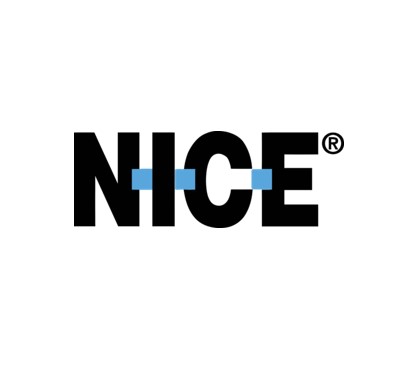easyJet History
easyJet: A Journey of Innovation and Expansion
History
Origins and Formation
easyJet has its roots in the business activities of Greek-Cypriot entrepreneur Stelios Haji-Ioannou. Stelios developed an interest in the aviation industry after being approached as a potential investor in Virgin Atlantic's Greek franchisee. Recognizing a gap in the market, he secured a £5 million loan from his father to explore the prospects of launching his airline. Inspired by the successful American operator Southwest Airlines, Stelios embraced the principle of price elasticity to attract customers who would not typically consider air travel. This principle became a cornerstone of easyJet's operations.
In 1995, easyJet was established by Stelios, becoming the first company in the EasyGroup conglomerate. Initially employing just 70 people, the company was based at London Luton Airport, which was traditionally used only by charter flights. Luton Airport supported easyJet by providing free use of a 15,000-square-foot building for its headquarters, which was named EasyLand. easyJet initially operated a pair of wet-leased Boeing 737-200 aircraft, flying on two routes: Luton to Glasgow and Edinburgh. Within its first year, easyJet carried approximately 40,000 passengers.
In April 1996, easyJet took delivery of its first wholly owned aircraft, enabling the launch of its first international route to Amsterdam. The airline quickly became known for its low pricing, competing directly with established airlines like British Airways and KLM.
Flotation
On November 5, 2000, easyJet was floated on the London Stock Exchange. By March 2013, easyJet had been promoted to the FTSE 100, and in the same month, the company launched its 100th route from Gatwick Airport, offering flights directly from London to Moscow. By 2015, easyJet operated routes to more than 130 destinations in 31 countries, had 26 bases around Europe, and employed 10,000 people.
Expansion and Acquisitions
In March 1998, easyJet purchased a 40% stake in Swiss charter airline TEA Basle, renamed easyJet Switzerland. This marked easyJet's first base outside the United Kingdom. In 2002, easyJet acquired rival airline Go Fly for £374 million, significantly expanding its fleet and base locations.
easyJet continued its expansion with the acquisition of GB Airways in October 2007 for £103.5 million, enhancing its operations at Gatwick and establishing a base at Manchester Airport. In June 2011, the airline opened its eleventh British base at London Southend Airport, offering flights to various popular destinations.
In July 2017, easyJet announced the opening of a new European headquarters in Austria to ensure seamless operations post-Brexit. easyJet also leased 25 former Air Berlin A320 aircraft to expand its European network.
Corporate Strategy and Innovations
easyJet's business model, inspired by Southwest Airlines, focuses on cost-cutting measures, such as not selling connecting flights or providing complimentary snacks on board. The airline emphasizes high aircraft utilization, quick turnaround times, and charging for extras like priority boarding and checked baggage. easyJet operates a young fleet of aircraft, maintaining a modern and efficient operation.
easyJet's marketing strategy has evolved over the years, initially using the slogan "making flying as affordable as a pair of jeans." The airline has also leveraged television exposure through the Airline TV series, which helped establish its brand in the UK. Currently, easyJet uses the slogan "This is Generation easyJet."
Environmental Initiatives
In June 2007, easyJet announced plans for the EcoJet, an airliner with improved fuel efficiency. While the EcoJet has not yet come to fruition, easyJet has continued to pursue environmental initiatives. In February 2011, the airline tested a lightweight, thin polymer coating on its aircraft to reduce fuel costs and improve efficiency.
In September 2017, easyJet partnered with Wright Electric to develop a short-haul, all-electric airliner, aiming to introduce zero-emission flights within ten years. Since November 2019, easyJet has offset the carbon emissions from all its flights, becoming the first major airline to operate net-carbon-zero flights across its entire network.
European Operations
Following the UK's decision to leave the European Union, easyJet established an Air Operator Certificate (AOC) in Austria to secure its flying rights within the EU. easyJet Europe, headquartered in Vienna, was established to ensure the airline could continue operating flights across Europe seamlessly. This move ensured no job losses in the UK, as the staff employed by easyJet Europe were already based in the EU27.
Destinations
As of January 2024, easyJet serves 183 destinations, with top airports including London Gatwick, Manchester, Geneva, and Milan Malpensa. easyJet continues to expand its network, offering affordable travel options across Europe and beyond.
Senior Leadership
- Chairman: Sir Stephen Hester (since December 2021)
- Chief Executive: Johan Lundgren (since December 2017)
Conclusion
easyJet's journey from a modest start-up to a major player in the European aviation market is a testament to its innovative business model and strategic expansion. With a commitment to affordability, efficiency, and environmental responsibility, easyJet continues to make significant strides in the airline industry.


